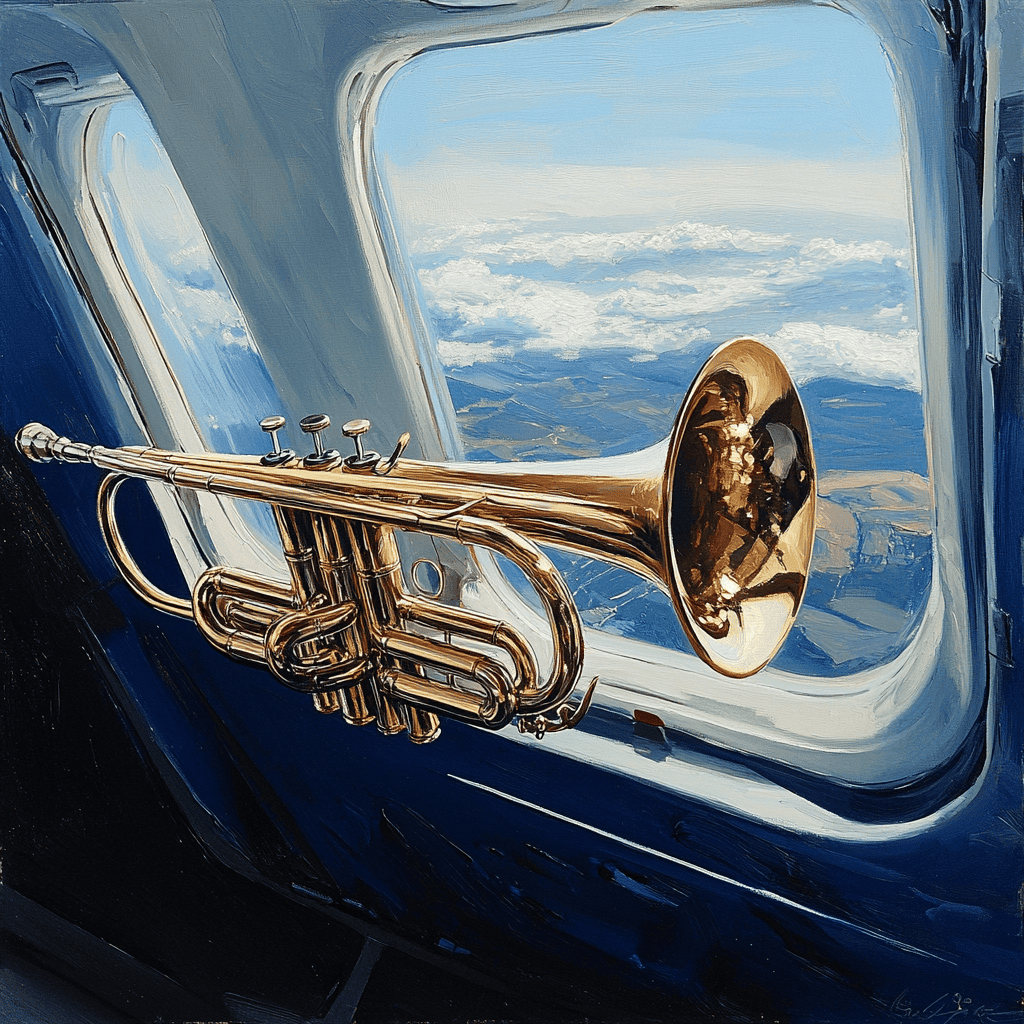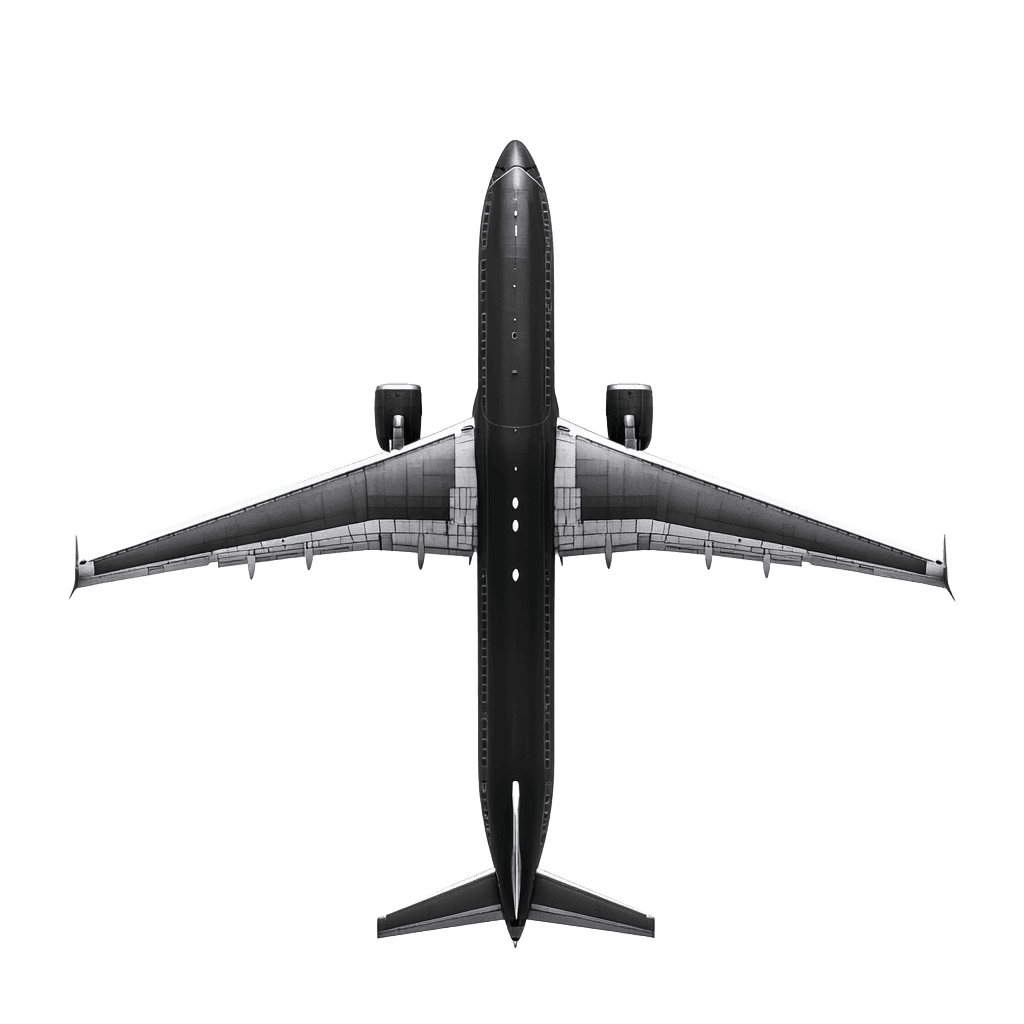Table of Contents
Flying with Instruments: A Guide to Airline Policies for Musicians
Traveling with a musical instrument shouldn’t feel like preparing for a heist. But for many musicians, getting through airport security and onto a plane with a guitar, violin, or saxophone can be more stressful than the performance itself.
From strict size limits to inconsistent airline rules, it’s crucial to know your rights—and your options—before heading to the airport. In this guide, we’ll break down carry-on vs. checked baggage rules for instruments, how to protect your gear, and what to expect when flying.
🎸 1. Can You Bring a Musical Instrument as a Carry-On?
Yes—most of the time. U.S. law (under the FAA Modernization Act) requires airlines to accept musical instruments as carry-on baggage if they fit in the overhead bin or under the seat.
✔ Instruments like violins, flutes, clarinets, or small guitars often qualify
✔ You must board early to ensure overhead space is available
✔ The instrument counts as your one standard carry-on item
📌 Tip: If your instrument fits in a soft case, it’s more likely to slide under the seat.
🧳 2. When Must You Check a Musical Instrument?
If your instrument is too large for the overhead bin or cabin storage, it may need to be:
🛄 Checked as baggage
- Subject to size and weight limits (usually max 50 lbs / 62 linear inches)
- Requires hard-shell case to protect from rough handling
- Often comes with oversize baggage fees
🎟️ Purchased a Seat (Cabin Seat Baggage)
- Allowed for large but fragile instruments like cellos or bassoons
- You must buy a separate ticket for the instrument
- The instrument must be securely strapped into a window seat
📌 Warning: Checked instruments are at higher risk for damage or delays. Always opt for cabin storage if possible.

✈️ 3. Size and Weight Restrictions by Airline
Here’s a general overview of how major U.S. airlines handle instrument sizes:
| Airline | Carry-On Size Limit | Special Notes |
|---|---|---|
| American Airlines | 22″ x 14″ x 9″ | Guitars allowed if space is available |
| Delta Air Lines | 22″ x 14″ x 9″ | Instruments allowed as carry-ons if they fit |
| United Airlines | 22″ x 14″ x 9″ | Offers cabin seat purchase for larger gear |
| Southwest Airlines | 24″ x 16″ x 10″ | Known to be musician-friendly with guitar policy |
| Alaska Airlines | 22″ x 14″ x 9″ | Allows early boarding for musicians |
📌 Always measure your case before travel, and account for padding and handles in total size.
🎶 4. How to Protect Your Instrument When Flying
✔ Use a hard-shell case, even for carry-ons—especially if there’s a risk of gate-checking
✔ Add internal padding or foam for extra shock absorption
✔ Remove tuning pegs and secure loose parts before packing
✔ Attach a tag with your name, phone number, and final destination
✔ Pack strings, reeds, or small tools in your personal item
📌 Consider travel insurance or instrument-specific coverage for high-value gear.
📝 5. Airline-Specific Policies for Musicians
Some airlines are more instrument-friendly than others. Here are a few worth noting:
- Southwest Airlines: Generally praised for allowing guitars onboard without fuss
- Alaska Airlines: Offers guidance for cellos, violins, and more—including seat purchases
- Delta & United: Have formal policies for cabin seat baggage, but require advance booking
- American Airlines: Allows carry-on musical instruments but doesn’t guarantee space
📌 Pro Tip: Call the airline before your flight to confirm your instrument’s eligibility and request early boarding if needed.
🚫 6. What Instruments Are NOT Allowed Onboard?
Very large instruments like double basses, tubas, or marimbas are rarely allowed in the cabin. These:
- Must be checked or shipped as cargo
- May require special oversized handling or advance notice
- Can incur extra fees due to dimensions and fragility
📌 For oversized instruments, contact the airline’s cargo department weeks in advance.
✅ Final Thoughts: Flying With Instruments Can Be Done Smartly
| Step | Why It Matters |
|---|---|
| Measure your case | Ensures compliance with airline size policies |
| Arrive early and board first | Secures precious overhead space |
| Pack with protection in mind | Prevents damage in turbulence or gate handling |
| Know when to buy a seat | Ideal for large, fragile instruments like cellos |
| Confirm airline policies ahead | Reduces stress and avoids surprises at the gate |
📌 Bottom Line: Whether you’re on tour or heading to a recital, flying with a musical instrument doesn’t have to be a gamble. Know the rules, prep your gear, and travel like a pro.
Measure. Protect. Perform. 🎵✈️


